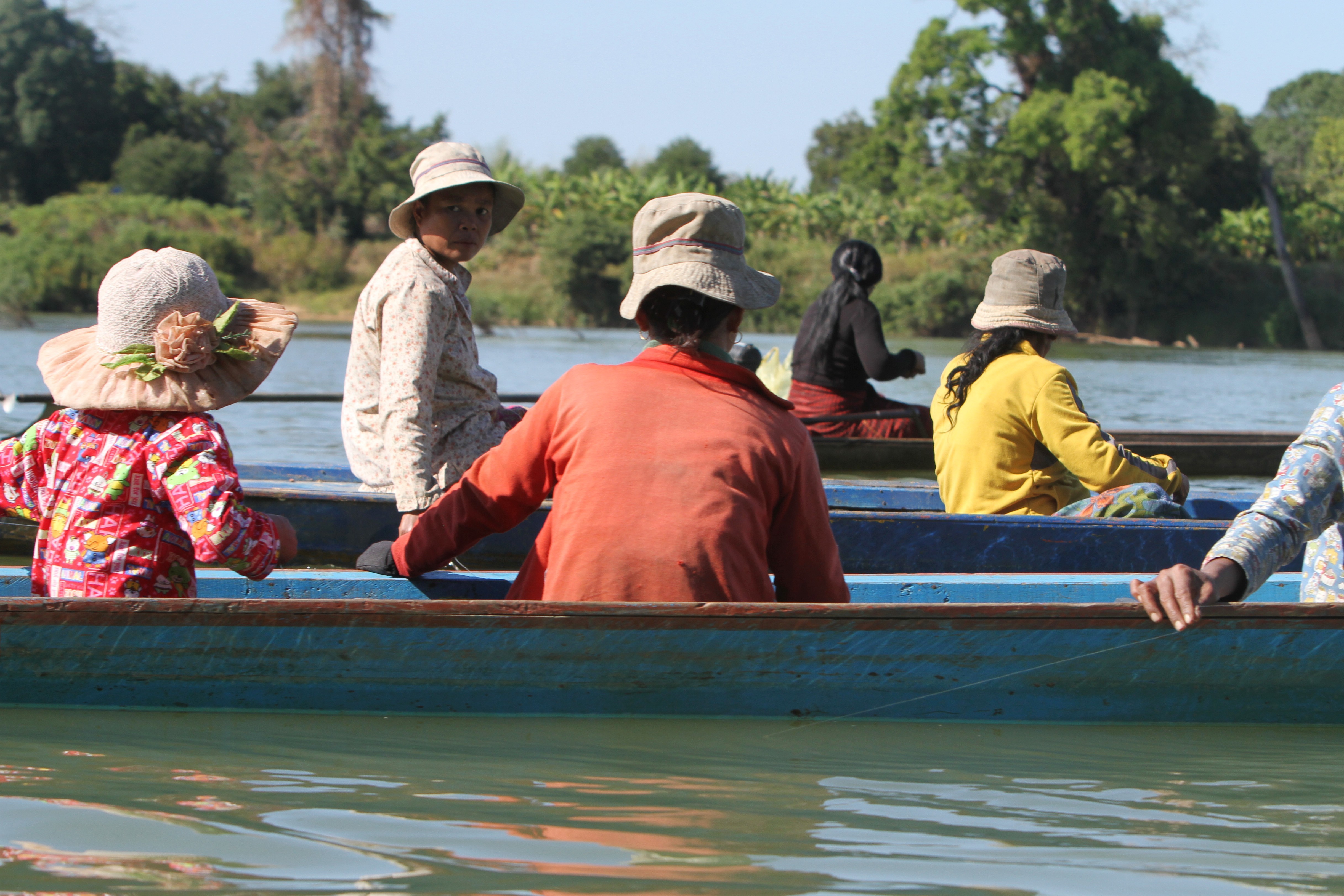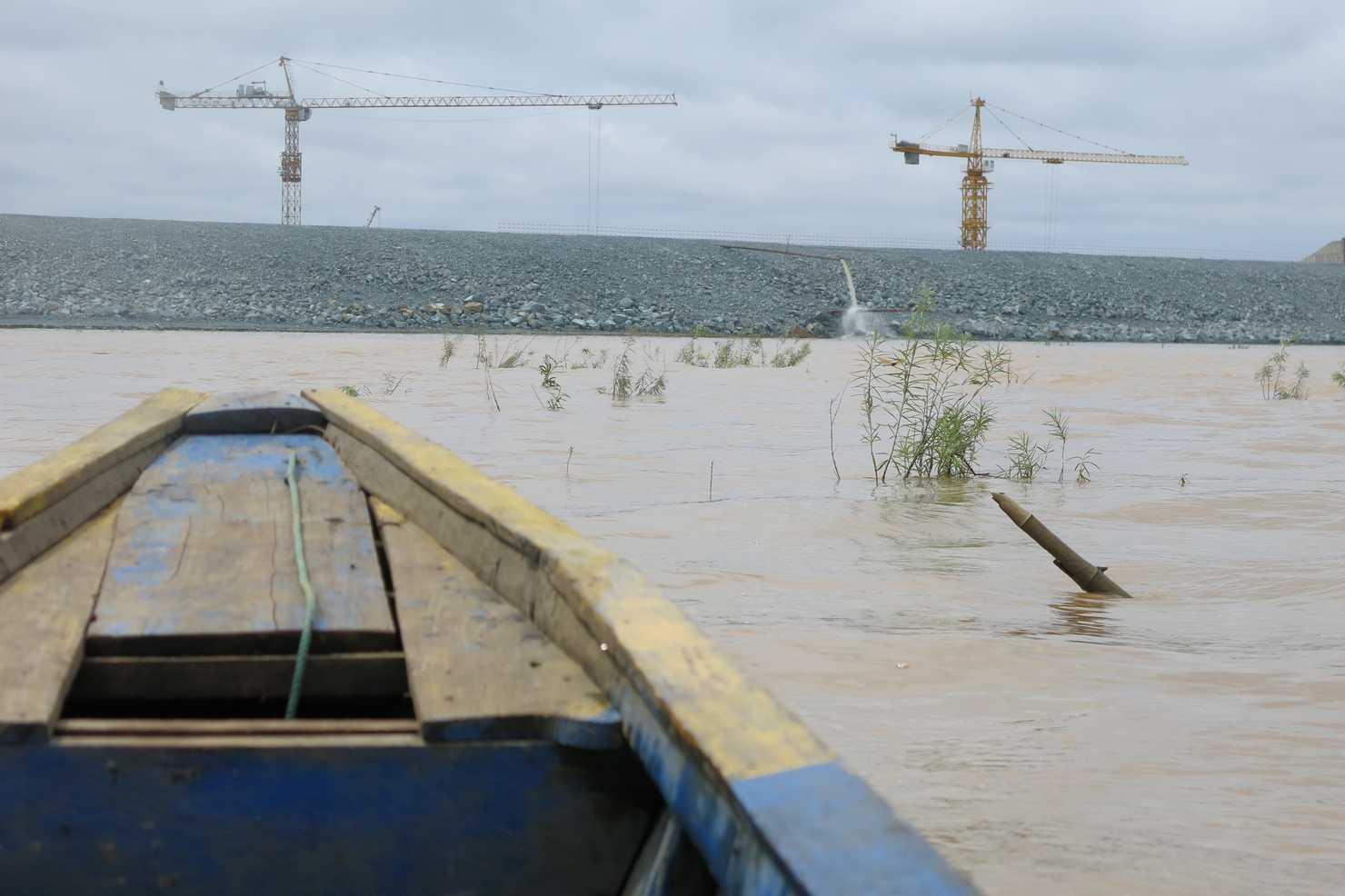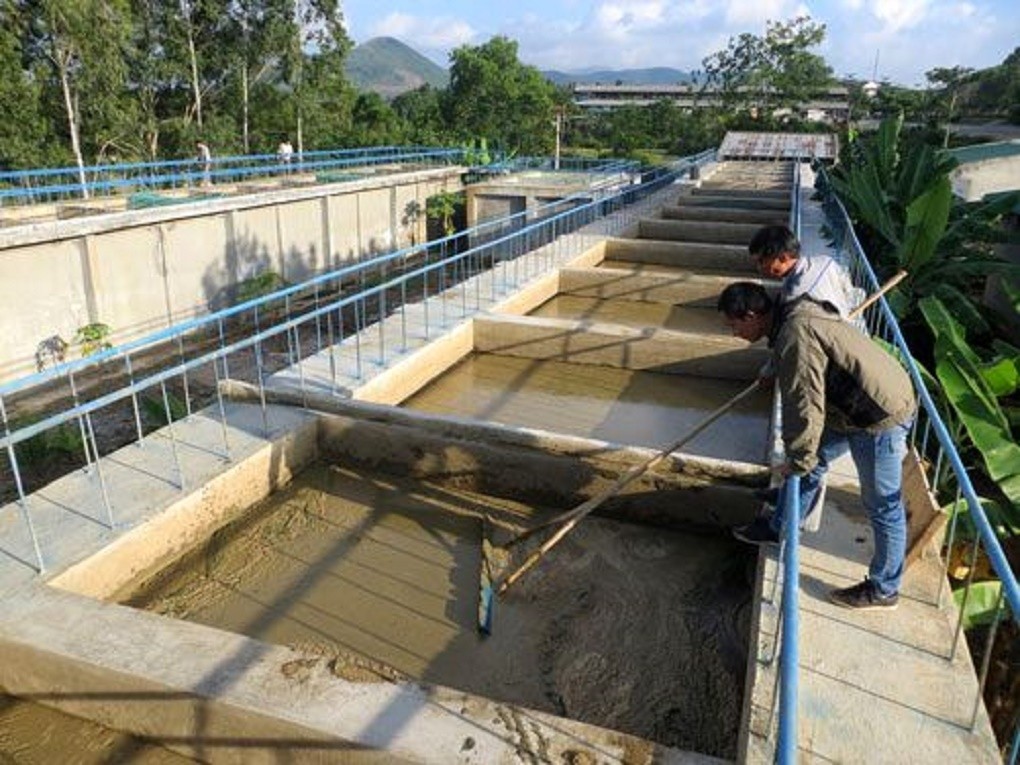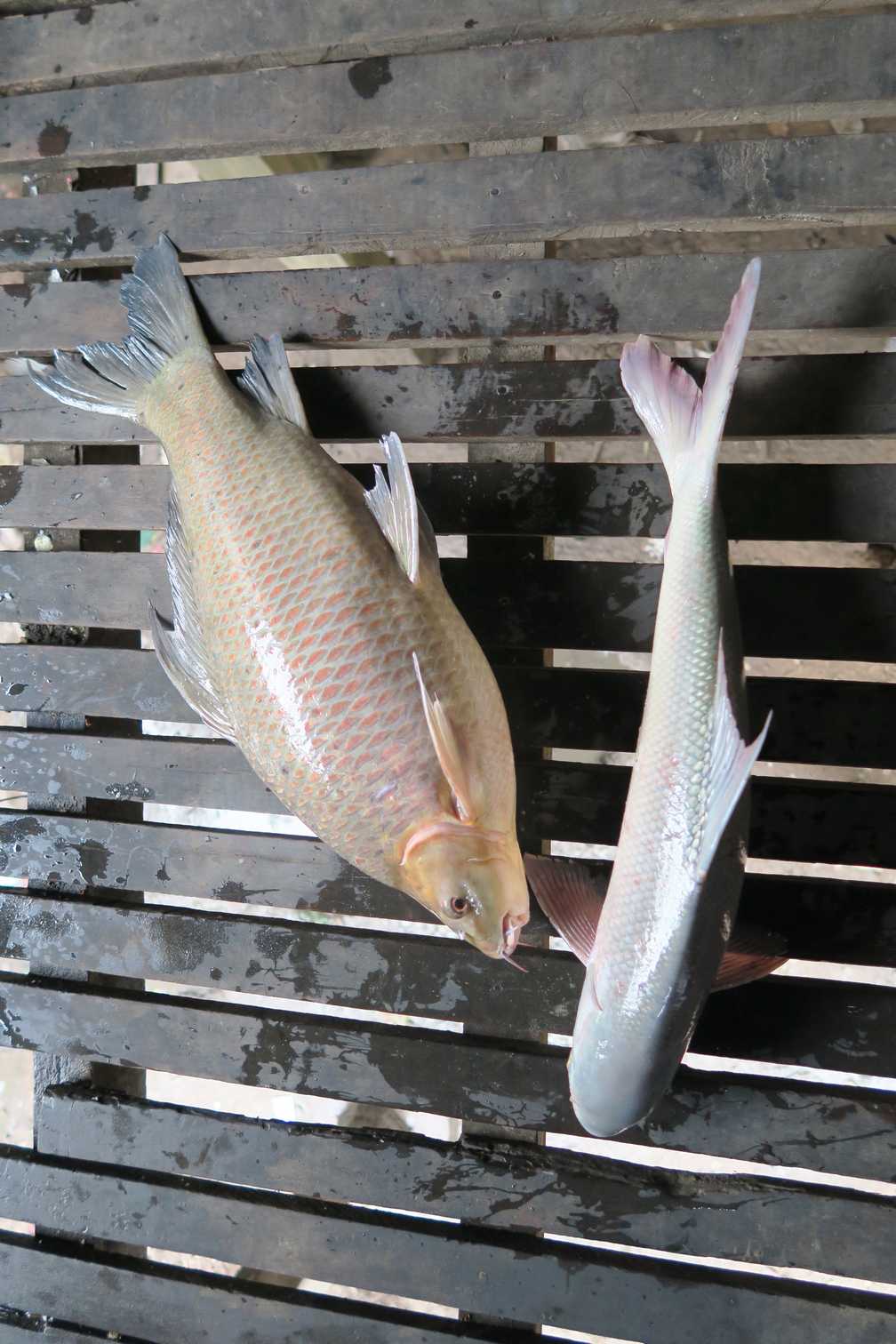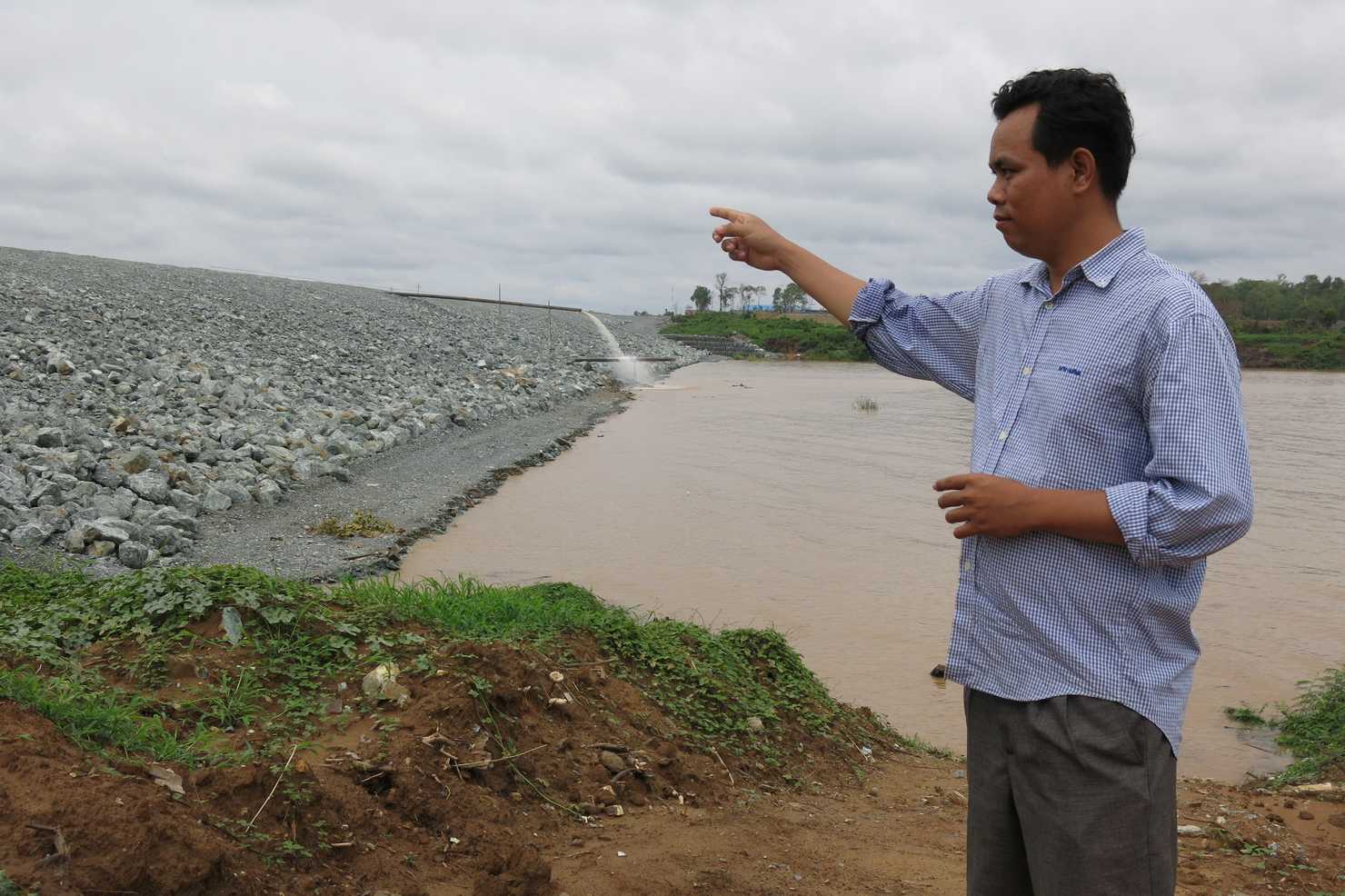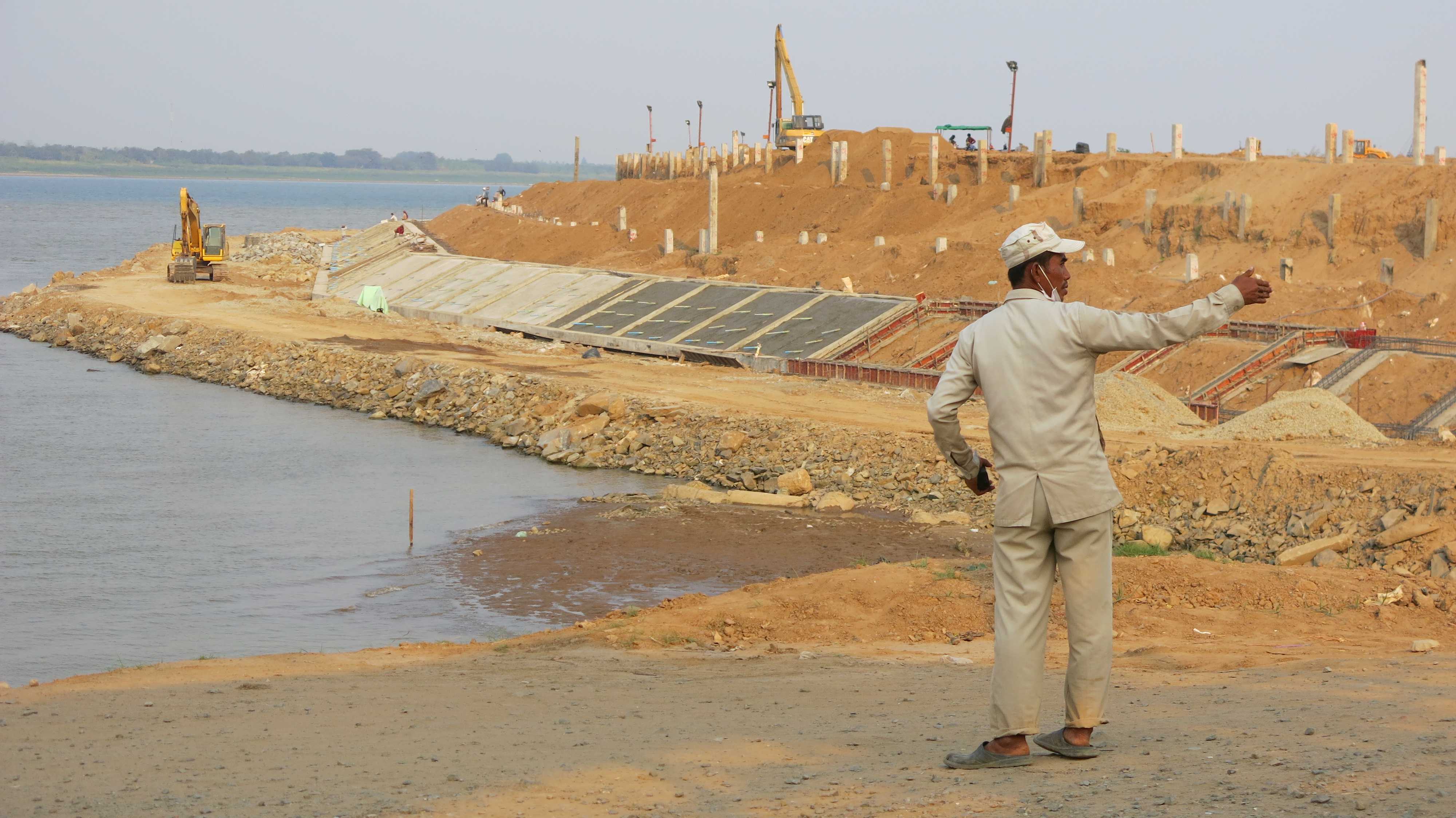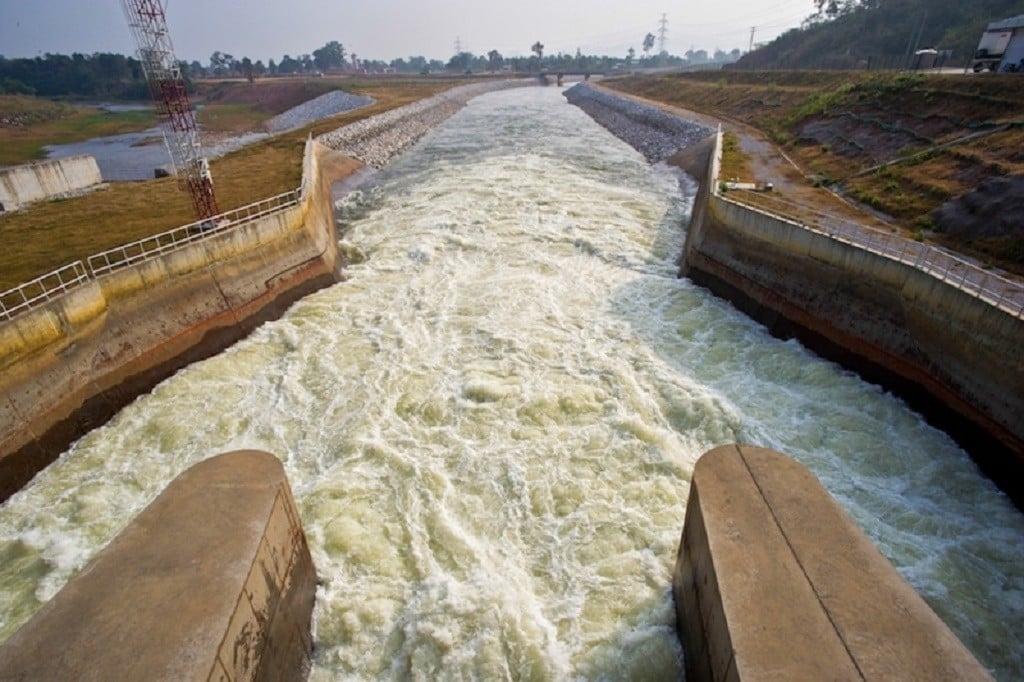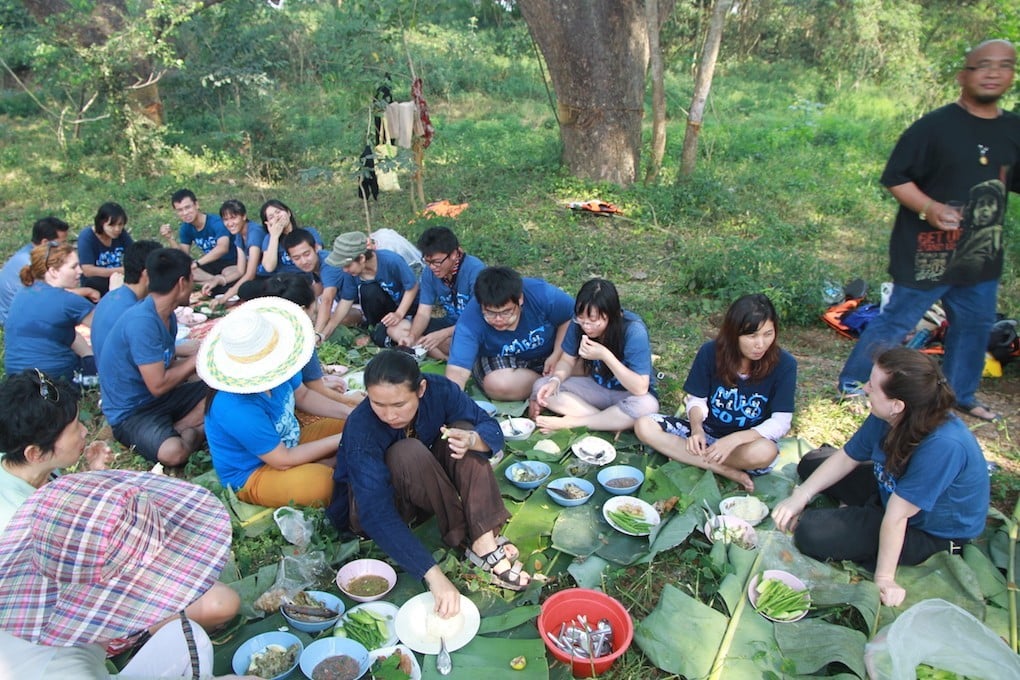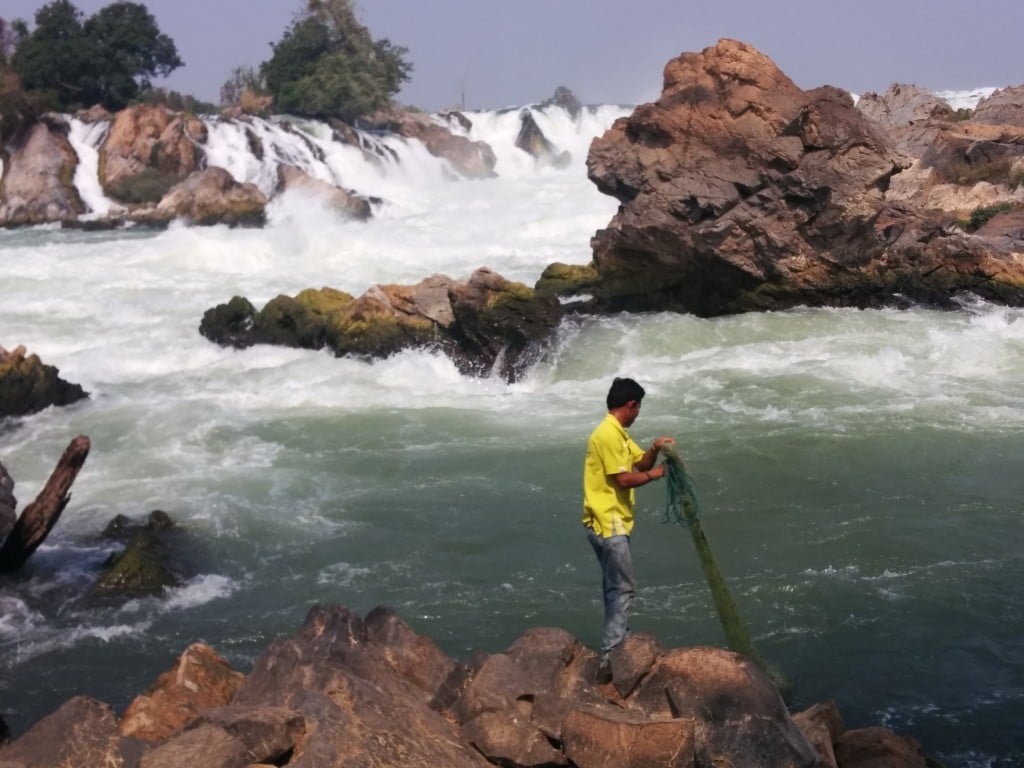May Titthara From the hammock beneath his home in Sre Ko village along the southern banks of the Se San River in Stung Treng province, Fort Kheun remains adamant that he will not relocate to make way for the 336-kilomter reservoir that will stretch behind the Lower Se San River Dam after it is built. […]
Tag: dams
Government Says No Dams until 2020
Chea Vannak The Cambodian government will not allow the construction of any new hydropower dams in the country until 2020, officials say. Speaking yesterday to hundreds of electricity operators at a conference reviewing last year’s electricity services, Minister of Mines and Energy Suy Sem said, “Until 2020, there will be no construction of hydropower dams.” […]
An Khe hydropower plant killing Ba River
The Ba section river which runs across Gia Lai is turning into a ‘dead river’ since the An Khe – Ka Nak hydropower plant began operation. It is becoming depleted as the plant stores water on the upper course to generate electricity. It is also polluted by the waste water discharged from tens of workshops and factories.
Catch & Culture
In this issue, we examine the economic value of Lower Mekong fisheries, the growing importance of aquaculture in world fisheries production and Southeast Asia’s largest ornamental fish market. We also look at a recent catfish deal between Viet Nam and the US, a slowdown in the decline of the Mekong’s dolphin population and genetic considerations in culture-based fisheries.
Reporting on Mekong Dams – Science, Policies and Voices from the Ground
On November 10, BRIDGE financed a training workshop entitled Reporting on Mekong Dams – Science, Policies and Voices from the Ground in An Giang Province in the Mekong Delta. It was organized by Pan Nature, a Vietnamese NGO, to brief journalists on the concerns and perspectives of local stakeholders on planned dams on the Mekong River.
Administrative court rules in favour of Egat over Xayaburi Dam
THE Administrative Court Friday dismissed complaints over the Xayaburi Dam against five state agencies. However, the 37 plaintiffs, from eight Mekong provinces, say they will appeal further.
The judge, who read the verdict, said the defendants had fully complied with their obligation according to the law, so the case was dismissed.
Ecological trade-offs
Hydroelectric dams grace bank notes in developing countries, from Mozambique to Laos, Kyrgyzstan to Sri Lanka, a place of honor reflecting their reputation as harbingers of prosperity. That esteem, now enhanced by hydropower’s presumed low-carbon profile, continues to overrule concerns about environmental consequences and displaced people, as evidenced by a surge in dam-building in the developing world.
A recent paper in the journal Nature Climate Change suggests a seemingly obvious, yet novel approach: Bring in aquatic scientists at the beginning so that engineers can consider ecological principles first, not last. The paper came out of meetings organised by the National Socio-Environmental Synthesis Center in Annapolis, Maryland, in 2013. Engineers and aquatic scientists discussed their core requirements for a hypothetical case study of the Iowa River in the United States.
Mekong Delta’s alluvium levels fall as more water reservoirs are built
Vietnam Net A series of water reservoirs in the upper course of Mekong River could lead to a loss of 90 percent of alluvium in Vietnam’s Mekong River Delta. According to Ho Long Phi from the HCM City National University’s Water Management and Climate Change Center, the flow and sediment in the delta depends on […]
Kaeng Sua Ten dam project: three decades of heroic community struggle
After 30 years, community-led anti-Kaeng Sua Ten dam movement is still hailed as a watershed of Thailand’s environmental conservation. Villagers have not only argued for their rights to protect livelihood and natural resources, but also articulate socio-economic losses if the project is to be built. The dam, proposed by the Royal Irrigation Department, would inundate many villages and Thailand’s last teak forest ecosystem in the Mae Yom National Park in northern Thailand. Environmental economic studies find that environmental opportunity losses will be greater than gains from flood control and irrigation as promised by the project.
Report: Economic, Environmental and Social Impacts of Hydropower Development in the Lower Mekong Basin
The Mekong River is the largest freshwater fishery in the world (estimated fish catch 2.1 to 2.5 million tons/year) and the third most bio-diverse river system (with approximately 800 fish species) after the Amazon and the Congo. However, this would change drastically if all proposed hydropower projects are constructed as fish migration routes would be blocked.
This paper focuses on potential economic consequences and is based on the Costanza report which in turn used much of the data, assumptions and projections reported in BDP2 and SEA. The main differences between the Costanza report and BDP2 were the estimated fish value, valuation of ecosystem services and discount rates for natural capital such as capture fisheries and wetlands.


